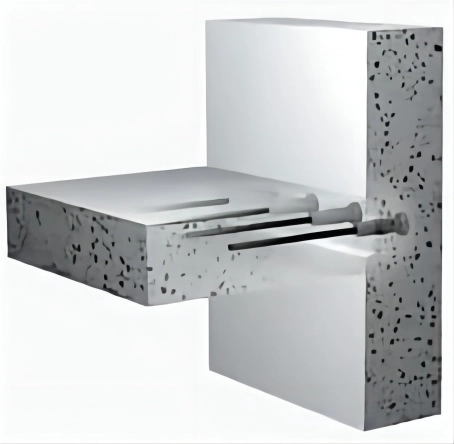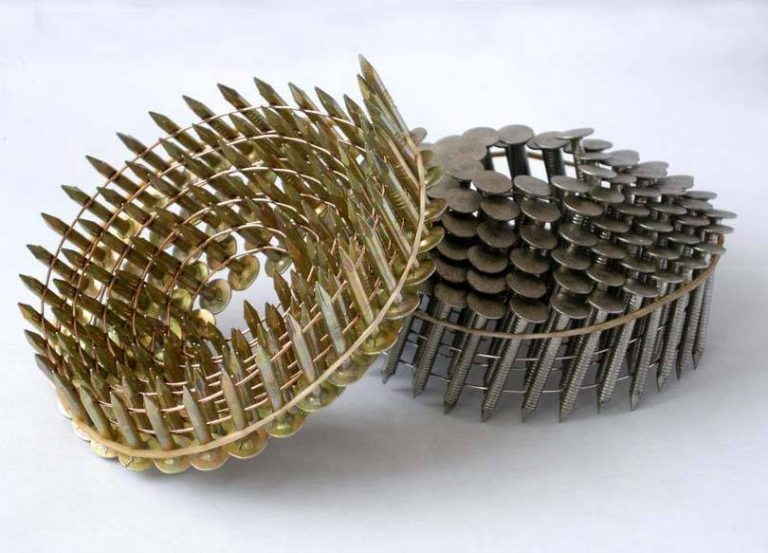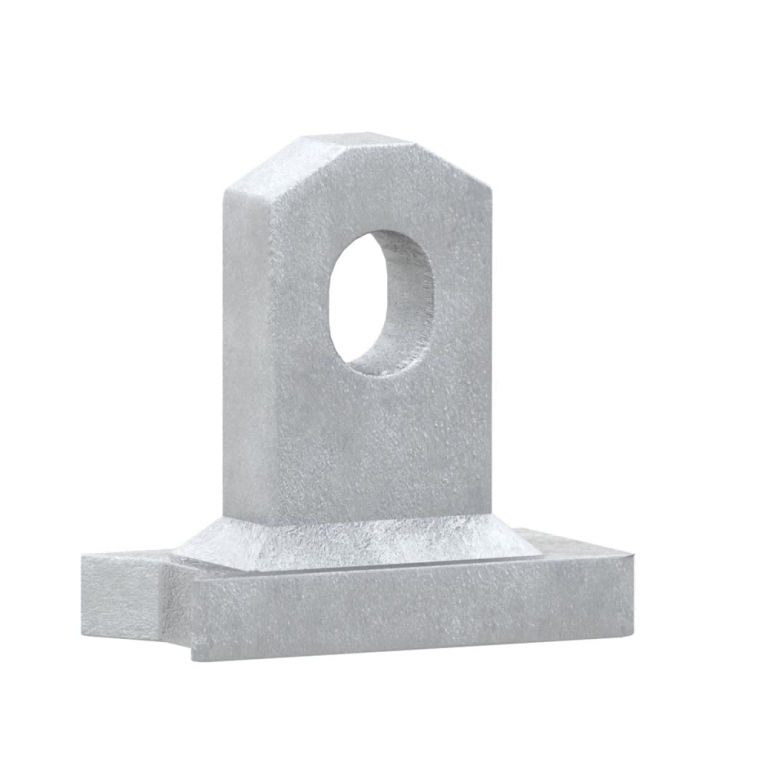Exploring Different Types of Couplings
In engineering and mechanical systems, couplings play an essential role in transmitting power between two rotating shafts. This article delves into various types of couplings, analyzing their strengths and suitability for different applications. We aim to determine which type of coupling is considered the strongest by exploring rigid couplings, flexible couplings, and elastic and fluid couplings.
Rigid Couplings
Rigid couplings are specifically designed to connect two shafts firmly, ensuring they remain fixed and aligned. These couplings are commonly used in scenarios where precise shaft alignment is critical.
Benefits of Rigid Couplings
The primary advantage of rigid couplings is their ability to provide strong, unwavering connections. They are straightforward in design, which makes them easy to install and maintain. Rigid couplings are also capable of transmitting a higher torque compared to flexible couplings because of their firm grip on the shafts. Additionally, they offer greater resistance to misalignment, making them highly reliable in high-precision applications.
Drawbacks of Rigid Couplings
Despite their strength, rigid couplings have several limitations. They cannot accommodate any misalignment between the connected shafts, leading to increased wear and potential damage over time if misalignment occurs. Rigid couplings also have limited vibration damping capabilities, which can transmit noise and vibrations throughout the system. These drawbacks can make rigid couplings less ideal for systems requiring some degree of flexibility or where misalignment is likely.
Flexible Couplings
Flexible couplings are designed to connect shafts while accommodating some degree of misalignment and movement. They are widely used in applications where slight misalignment and flexibility are necessary.
Overview of Various Flexible Couplings
Flexible couplings come in several forms, including beam couplings, bellows couplings, and disk couplings. Beam couplings use a combination of flexible and rigid segments to provide high flexibility while maintaining reasonable strength. Bellows couplings employ a corrugated structure that can flex while maintaining lateral and angular alignment. Disk couplings consist of multiple thin metal disks that allow for flexibility in multiple directions and provide excellent torque transmission.
Advantages and Disadvantages of Flexible Couplings
Flexible couplings offer significant advantages, including the ability to accommodate misalignments and reduce the impact of vibrations. This flexibility extends the life of the equipment and ensures smoother operations. However, the downside is that flexible couplings generally have a lower torque capacity compared to rigid couplings. The added complexity in design can also lead to higher costs and more challenging maintenance processes. Moreover, while they can absorb vibrations, excessive flexibility can lead to alignment issues under severe operational conditions.
Elastic and Fluid Couplings
Elastic and fluid couplings offer unique mechanisms for power transmission, relying on elasticity or fluid dynamics rather than mechanical rigidity to connect shafts.
Mechanism of Elastic Couplings
Elastic couplings use rubber or other elastic materials to provide a connection that can flex and absorb shocks. These materials act as cushions, dampening vibrations and accommodating misalignments. Elastic couplings are particularly useful in applications where reducing vibrations and noise is crucial. The elasticity offers a balance between strong coupling and flexibility, making them versatile for various industrial uses.
Characteristics of Fluid Couplings
Fluid couplings operate on the principle of fluid dynamics to transmit torque between shafts. These couplings consist of a pump and a turbine mounted on the input and output shafts, respectively, with fluid transferring rotational energy from one to the other. Fluid couplings are excellent at handling high shock loads and can provide smooth torque transmission without any wear on the coupling components. However, they are limited to specific applications requiring high torque transmission over flexible coupling capabilities.
Evaluating Strength in Coupling Systems
Determining the strength of a coupling involves assessing several critical factors. These include material composition, design and structure, and load-bearing capacity.
Factors Determining the Strength of a Coupling
Material Composition
The material used to manufacture a coupling significantly impacts its strength. Metals such as steel and aluminum are commonly used for their robustness and durability. Steel, in particular, is favored for its high tensile strength and resistance to wear and tear, making it ideal for heavy-duty applications.
Design and Structure
The design and structural configuration of a coupling also determine its strength. For instance, rigid couplings with a solid structure are inherently stronger than flexible couplings due to their ability to maintain precise alignment and withstand high torque. On the other hand, designs that incorporate flexible elements need to balance between providing flexibility and maintaining sufficient strength to transmit torque effectively.
Load-Bearing Capacity
The load-bearing capacity of a coupling is a crucial determinant of its strength. This refers to the maximum load or torque that a coupling can handle without undergoing deformation or failure. Rigid couplings generally have a higher load-bearing capacity due to their sturdy design. However, advancements in material technology have enabled the development of flexible couplings that can also handle significant loads.
Comparative Analysis of Different Coupling Types
Performance Under Stress
When evaluating a coupling’s robustness, performance under stress is a critical consideration. Rigid couplings often outperform others in terms of stress tolerance due to their solid, inflexible design, which can handle higher torque and resist deformation. Flexible couplings, while adept at managing misalignment and absorbing shocks, may not perform as well under extreme stress, especially if overflexed or improperly aligned. Elastic couplings strike a balance, offering good stress performance relative to their flexible materials but improving with innovations in rubber or elastomer technology.
Durability and Longevity
The durability and longevity of a coupling depend greatly on its material composition and operational environment. Rigid couplings, constructed from durable metals like steel, tend to have a longer lifespan under ideal alignment conditions. However, their inability to handle misalignment can reduce their longevity if used in unstable conditions. Flexible couplings, built with advanced composites and metals, offer extended durability by accommodating movement and reducing wear on connected shafts. Fluid couplings, while less susceptible to mechanical wear, require maintenance to ensure the fluid medium remains effective, which can influence their operational lifespan.
Common Applications for Strongest Types of Couplings
Industrial Usage
In heavy industries such as manufacturing, mining, and construction, strong couplings are crucial for reliable operation of heavy machinery. Rigid couplings are often preferred in these environments for their high load-bearing capacity and precision in maintaining alignment. Such applications include connecting gears, compressors, and conveyor belts where any deviation can cause operational inefficiencies or hazards. Flexible couplings also find usage in industrial setups where equipment might undergo misalignment due to vibrations or load shifts, protecting the machinery from undue stress and extending its lifespan.
Mechanical and Automotive Applications
The automotive and broader mechanical sectors frequently utilize strong couplings to ensure efficient power transmission between components like engines and drive shafts. In these applications, the choice of coupling type depends significantly on the requirement for flexibility and vibration absorption. Rigid couplings, with their high torque transmission capabilities, are ideal for certain parts of the drivetrain, while flexible couplings are essential for accommodating misalignment and reducing engine-induced vibrations, thus maintaining smooth vehicle operations. Elastic couplings also play a role in these sectors, particularly in damping applications where noise reduction is key.
Technological Advances in Coupling Solutions
Innovations in Material Engineering
Recent advancements in material science have led to the development of stronger, lighter, and more durable couplings. Products made from high-performance alloys, composite materials, and carbon fibers provide enhanced strength while reducing weight. These innovations not only extend the operational life of couplings but also improve their ability to handle high torque and stress without deforming. The development of new elastomeric materials has also enhanced the flexibility and shock absorption capabilities of elastic couplings, making them more resilient under dynamic conditions.
Smart and Adaptive Couplings
The era of Industry 4.0 has ushered in smart and adaptive coupling technologies that incorporate sensors and IoT (Internet of Things) connectivity. These advanced couplings can monitor their own performance, detect misalignments or wear in real-time, and alert maintenance teams before failure occurs. This proactive approach reduces downtime and enhances the reliability of mechanical systems. Adaptive couplings can adjust their stiffness or flexibility dynamically, optimizing performance based on real-time operational demands, thereby extending their functionality and lifespan.
Making an Informed Decision on Strongest Type of Coupling
Choosing the strongest type of coupling involves considering specific operational requirements, environmental conditions, and desired performance characteristics. Rigid couplings offer unmatched strength and alignment precision, ideal for high-torque applications and stable environments. Flexible couplings provide valuable flexibility and vibration damping, suitable for dynamic conditions and systems with potential misalignments. Innovations in elastic and fluid couplings have broadened their applicability, making them strong contenders for applications requiring smooth torque transmission and shock absorption. Understanding these factors will equip you with the knowledge to select the most appropriate, robust, and reliable coupling for your mechanical system.
BAOQI‘s coupling is a reliable component widely used in the field of architecture.
BAOQI, a company established in 2010, specializes in the production and export of a wide range of products. These include various forging, casting, and punching parts. Their product line extends to precast systems, scaffolding systems, formworks, coil roofing nails, farm machinery parts, and steel frame construction structures.
They also offer a variety of specific systems such as the Lifting Anchor System, Rapid Lifting System, and Threaded Socket System. Other products include Cast in Loops & Connection Box, Cast in Anchor Channels, Coil Insert, Precast & Mold Accessories, and Tying Solutions.
BAOQI is committed to providing high-quality products, competitive prices, and timely delivery. Their products are popular in many countries including Australia, Denmark, Finland, France, the UK, Germany, Canada, the USA, and Middle Eastern countries.









